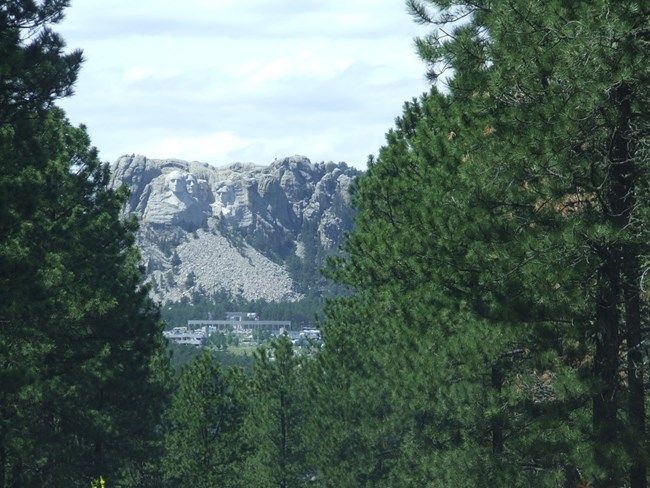
NPS Photo
Overview
The classification of the vegetation of Mount Rushmore National Memorial resulted in nine types being defined, including two forest types, four woodland types, two herbaceous types, and one sparsely vegetated type. The Black Hills is a unique ecosystem where several plant ranges overlap. You can find northern, southern, eastern and western plants growing together in the Black Hills. While ponderosa pine trees dominate the landscape at Mount Rushmore, a wide variety of trees and shrubs thrive here.The Mount Rushmore National Memorial Vegetation Inventory Project delivers many geospatial and vegetation data products, including an in-depth project report discussing methods and results, which include descriptions to vegetation associations, field keys to vegetation associations, map classification, and map-class descriptions. The suite of products also includes a database of vegetation plots, and accuracy assessment (AA) sites; digital images of field sites; digital aerial imagery; digital maps; a contingency table listing AA results; and a geodatabase of vegetation, field sites (vegetation plots, and AA sites), aerial imagery, project boundary, and metadata.
Products
The products of vegetation mapping projects are stored and managed in the National Park Service's Data Store, a repository for documents and publications relating to park resources. From the highlighted items below, click on the type of information you are looking for.
Last updated: October 18, 2018
